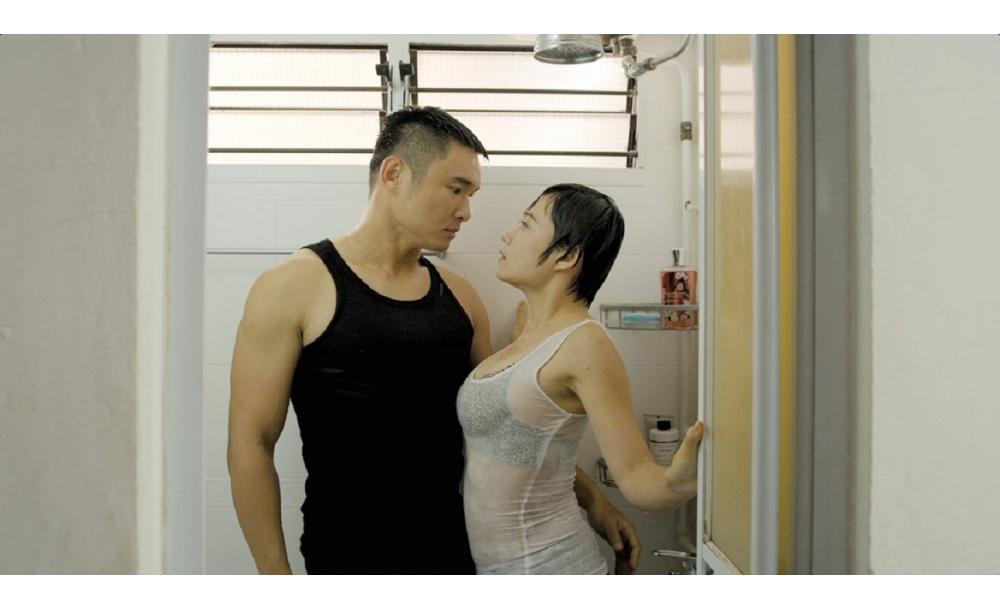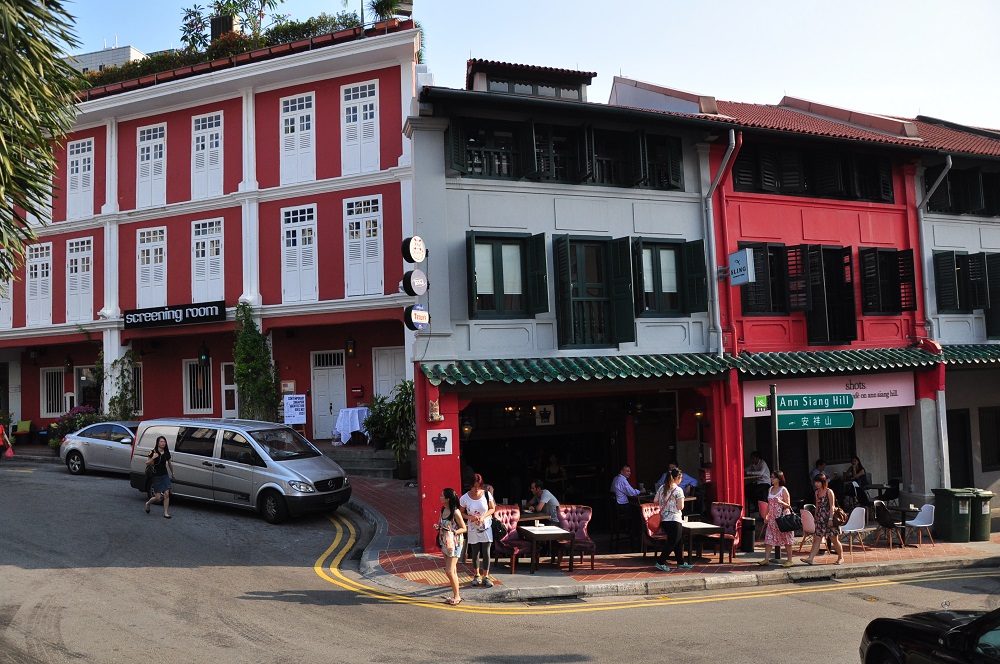The biggest misconception [about storytelling] is that you read from a book, that you don’t need an audience or funding, because you do this in a library, a school and at home.
We tell stories to adults, we tell stories with sex, love, unrequited love, broken hearts, incest, stories with no endings, stories that are raw and have not been manipulated by society over time. They’ve not been Disneyfied.
I will tell the story as it is. I’ll also talk about the versions that are wrong.
Foreign storytellers come and tell Indians sanitized stories of [14th century Indian courtier] Birbal and [16th century emperor] Tenaliraman. Akbhar and Birbal and Tenaliraman also have a lot of violence because they were teaching tales. But if you take the violence out, then how is it a teaching tale?
I don’t supply the images in storytelling. The free reign of the imagination is very liberating in today’s world. Most of the time, you press this, and the image is given. You go to the cinema, see Transformers, the image is given. You cannot imagine. Branding, labeling, advertising, everything has been given to you.
When you listen, your heartbeat slows down, the way your blood is circulating is controlled, your breathing is modulated. You may fall asleep. It can be very healing.
My grandfather gave me the Panchatantra, the Jataka, the Mahabharata and the Ramayana, out of which the Ramayana is what I have retold numerous times. The Mahabharata, not so much.
I am Malaysian. I grew up in all the ulu kampung places. I had all the Malay cikgus to tell me these stories. I built upon them by researching. So, yes, I know the story of the mouse deer and the crocodile, but are there variations? Is it a colonial variation? Is it the peninsula variation? Is it the Borneo variation? Oh dear, there’s one from Java. How interesting!
The old journals, anthologies, books in universities that nobody really looks at, I go and dig through all that. I do a lot of going and sitting with people and talking with them. I sit with the community, the elders.
I went to live with the Orang Asli in the Peninsula for 10 days. We had to cross a huge lake by a small boat. The sun above you, water beneath you; you cannot see right, left, front, back. The only sound is the motor. And then you feel this ah-hah moment. Beneath the water could be a serpent princess, a naga king, an entire kingdom that I’ve heard myths and legends about. What about all the things above us that are looking down on this boat? There’s something else there. That was the ah-hah moment, about why we told stories. To make sense of this universe we are in.
Because I have children, the daily magic creation or suspension of disbelief happens in my parenting with them. Even when they are 35 or 45, I will still speak to them in story code, and they will understand the nuances.
In any other place in ASEAN, they know their roots. They know why they eat with their hands. They’re very comfortable about their Thainess, their Indianness or Cambodianness. Here, people have grown up not speaking the dialects, watching very Western things on TV, dressing without the sari and the bindi. They don’t have enough examples on the street. When you talk about identity and roots, my students have no reference point.
This was Temasek, whether we like it or not. And before Sang Nila Utama arrived, he fought with the naga king who tested him to the point where he threw everything from his ship and he threw his gold crown—his ego—and then the seas calmed down. You can’t ignore that this land has its very Malay story.
The best [artist] is the one who turns up on time, who will stay late, read their emails. They know how to write an invoice, they know how to send a quotation and a proposal. They may not be the best talent.
In a small country like this, I have to be very real with [students]. I direct them towards things like video, backstage work. It pays a lot, by the hour, and we need people like that. But they come in thinking, “I want to be the one winning the Idol.”





